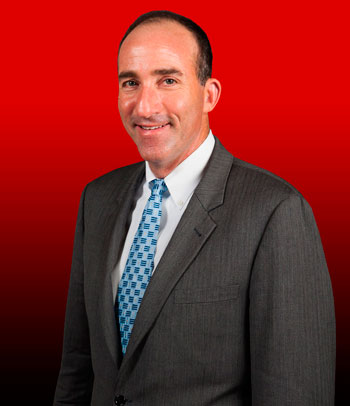By Paul Lippe

Paul Lippe
Last year, I wrote about the first meeting of CLOC, the Corporate Legal Operations Consortium, which had come together driven by a number of Silicon Valley (and other) legal operations folks, including Google, NetApp, Yahoo, Cisco, Oracle, Facebook and others.
The group had their second big meeting in Las Vegas last week, with nearly 1,100 people in attendance, including many who have been leaders in the New Normal like Richard Susskind, Jeff Carr, Steve Harmon and Margaret Hagan. This represents phenomenal year-to-year growth and in many respects is the most consequential trend in law.
Probably the hottest topics were on artificial Intelligence or AI, with innovation a close second.
Last year I asked the question “will lawyers embrace operational excellence?” and so far the answer is a resounding maybe. Lawyers seem to be keen these days on “innovation” and perhaps AI, but to large extent have left operational excellence to the operational folks. I believe this is a mistake, because focusing on operational excellence is actually a way for lawyers to boost their overall performance.
As we talk about innovation, we’re really talking about four different dimensions of doing legal work better:
Coming back to CLOC, there were a number of panels around efficiency objectives, especially using AI. But as I’ve said before, and recently, AI in law is overhyped and ill-defined, and means many different things to different people. Instead, the key change in law is not thinking machines but knowing machines, i.e., transparency.
To illustrate the opportunity, let me point to one of the least hyped, but perhaps most important talks at CLOC, the presentation by Cisco’s Bhaskar Ranade. Ranade described the creation of a more detailed database to provide examples of prior art, which could allow the patent office to better screen patents. Cisco collaborated with Google on the design and implementation of the database and search, and in the spirit of open source and crowdsourcing, is transferring management to MIT.
When I was a general counsel, there would often be patents issued to a competitor, which would lead to a bunch of engineers coming to me and saying “I can’t believe Acme got that ridiculous patent on cross-talk simulation. I saw a paper on cross-talk emulation at the Bell Labs Cross-Talk Expo 10 years ago. Shouldn’t that be blocked as prior art?” To which I would reply, “Do you have a copy of that paper?” “Well no, but I remember the talk.”
So with this initiative, far more evidence (especially pre-World Wide Web evidence) of prior art will be available, reducing the number of wrongly issued patents and expensive litigation that actually impedes innovation.
For most of the last generation, as we’ve seen the proliferation of digital information, it has meant more complexity and more work for lawyers. But as Ranade’s initiative suggests, the worm may be turning, and thoughtful folks are seeing ways to use transparency to reduce complexity.
A similar insight was offered this week at Richard Susskind’s Ross Priory retreat, where a judicial official speculated on the implications for the rules of evidence and cross-examination when an increasing percentage of the evidence adduced in court comes from now ubiquitous cellphone videos. For the last 30 years, transparency has increased complexity, but now we may be entering an era when transparency will reduce complexity.
We can all look for ways to set our CLOC(s) forward to make law work better.
Paul Lippe, the former CEO of Legal OnRamp, is a member of Elevate Services’ Advisory Board.